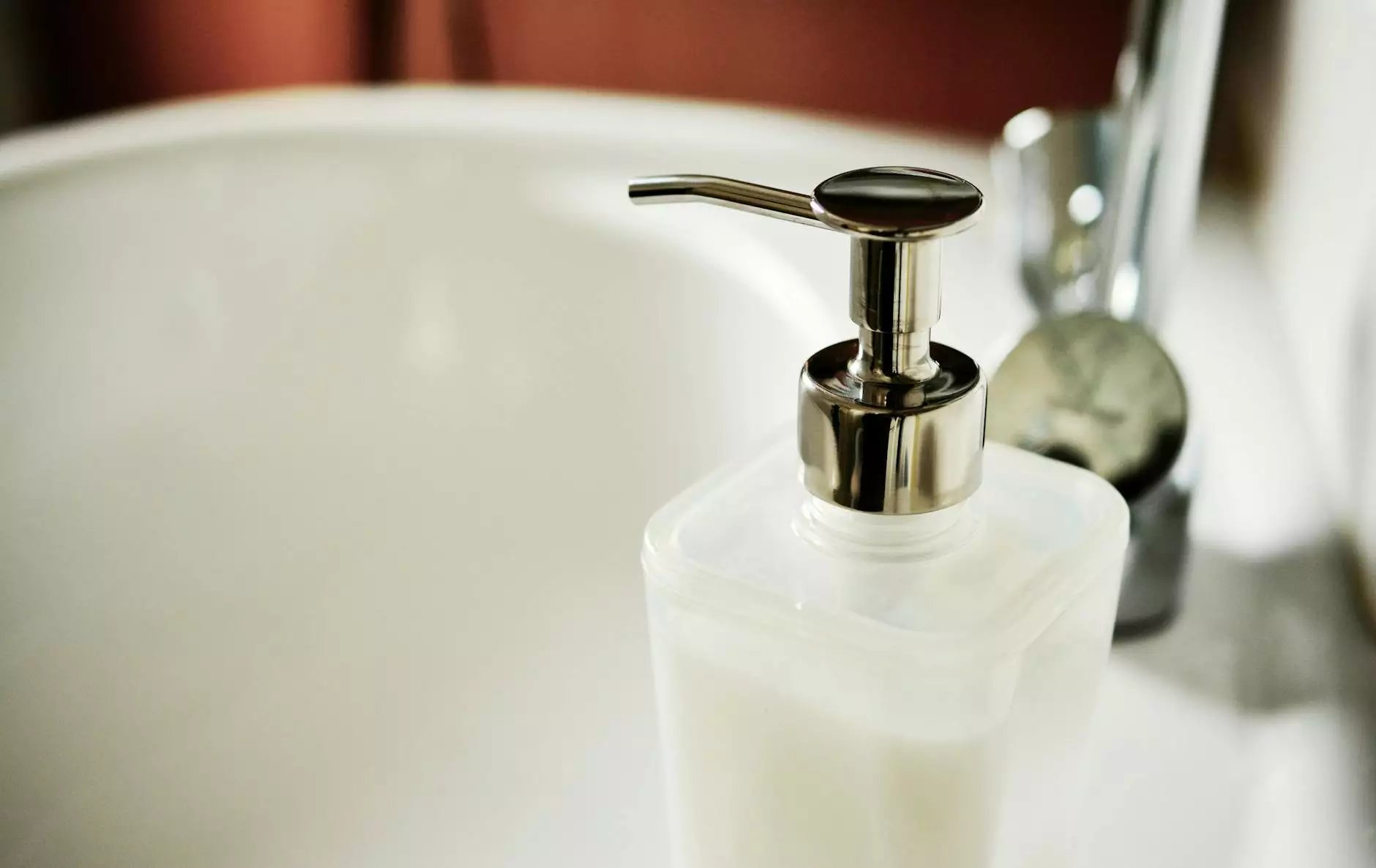The Ultimate Guide to Wave Board Skateboards

Wave board skateboards are an exciting blend of modern skateboarding and surfing mechanics, allowing riders to carve and maneuver with unique fluidity. This article provides a comprehensive look at wave board skateboards, exploring their history, design, advantages, and tips for beginners. Whether you are a seasoned skater or a rookie, this guide offers insights into maximizing your experience on a wave board skateboard.
What is a Wave Board Skateboard?
A wave board skateboard, also known simply as a wave board or snake board, is a type of freestyle skateboard designed to provide a unique riding experience. Unlike traditional skateboards which have four wheels, wave boards are made with two wheels located at each end of a flexible platform. This design encourages a different style of movement that mimics surfboarding and snowboarding, thus appealing to sports enthusiasts.
History of Wave Board Skateboards
The concept of the wave board skateboard emerged in the late 1990s, with innovations stemming from traditional skateboarding and surfing designs. Initially inspired by the mechanics of surfing, brands began to engineer a unique board that allowed skaters to perform smooth, flowing movements without the need for foot propulsion. The first models quickly gained popularity and led to the creation of variations that cater to different skill levels and preferences.
Why Choose a Wave Board Skateboard?
Choosing a wave board skateboard comes with various advantages, especially for individuals looking for a fun and dynamic way to skateboard. Here are some of the primary reasons:
- Fluid Motion: Wave boards allow for an unparalleled range of motion, enabling riders to twist, turn, and carve in ways traditional skateboards cannot.
- Low Learning Curve: While balance is crucial, many beginners find that wave boards are easier to learn on compared to standard skateboards.
- Enhances Core Strength: The unique movement required to ride a wave board engages the core muscles, making it an excellent workout.
- Portability: Most wave boards are lightweight and easy to carry, making them a great option for urban commuting or recreational riding.
Types of Wave Board Skateboards
When selecting a wave board skateboard, it’s important to consider the different types available:
- Beginner Wave Boards: These boards are designed for those new to skating. They generally have a larger platform and wider wheels, making them more stable.
- Intermediate Wave Boards: Once you become comfortable, you may want to upgrade to boards that offer more responsive movements. These often feature a narrower platform and tighter wheel configurations.
- Advanced Wave Boards: Designed for experienced riders, these models allow for advanced tricks and high levels of agility. They often come with enhanced flex options and premium wheels.
Key Components of Wave Board Skateboards
A thorough understanding of the components of a wave board skateboard can vastly improve your riding experience. Here are the key elements:
1. Deck
The deck is the platform you stand on, usually made from durable materials like polypropylene or wood composites. The flexibility of the deck is crucial for carving and tricks.
2. Wheels
Wave board wheels are typically made from urethane, providing a good grip and a smooth ride. The hardness and size of the wheels can affect ride quality and speed.
3. Axles
Each wheel is connected to an axle, which is pivotal for turning and stability. High-quality axles reduce friction, allowing for smoother movements.
4. Platform Grip
A non-slip surface or grip tape on the deck's top provides traction for your feet, which is vital for maintaining control during turns and tricks.
How to Ride a Wave Board Skateboard
Riding a wave board skateboard requires a bit of practice but can be incredibly rewarding. Here’s a step-by-step guide to get started:
- Find Your Stance: Determine whether you are regular (left foot forward) or goofy (right foot forward). This will dictate how you position your feet on the board.
- Get Comfortable on the Board: Stand on the wave board with one foot (usually your back foot) on the rear platform and your front foot on the front platform. Get comfortable balancing before trying to move.
- Pushing Off: Push off with your back foot while keeping your front foot on the board. Unlike traditional skateboards, you won’t need to jump or kick the board.
- Carving: To turn, lean your body and weight into the direction you want to go, using your hips to guide the board's movement.
- Stopping: To stop, you can drag your back foot on the ground or gently push down one side of the board to slow it down.
Tips for Beginners
Here are some essential tips to ensure you have a safe and enjoyable experience while mastering your wave board skateboard:
- Wear Protective Gear: Always wear a helmet, knee pads, and elbow pads, especially when you're just starting out.
- Practice on a Flat Surface: Begin on a smooth, flat surface like a parking lot or driveway to build confidence.
- Keep Your Eyes Up: Focus on where you want to go rather than your feet. This will help maintain balance.
- Gradually Increase Difficulty: Once you’ve mastered the basics, start practicing on small hills or try to incorporate tricks.
Maintenance of Your Wave Board Skateboard
Maintaining your wave board skateboard is vital for longevity and performance. Here are some maintenance tips:
- Regularly Clean the Deck: Remove dirt and debris to maintain grip and visual appeal.
- Inspect Wheels and Bearings: Check for wear over time. Regularly lubricate the bearings for smooth rotation.
- Tighten Screws and Bolts: Ensure all screws are tight, particularly after heavy use. Loose components can affect performance and safety.
- Store Properly: When not in use, store your wave board in a cool, dry place to avoid warping or damage.
Where to Buy Wave Board Skateboards
Quality matters when purchasing a wave board skateboard. Here are some tips on where to buy the right equipment:
Local Sporting Goods Stores
Visit your local sporting goods store where you can physically inspect the board, ask for advice, and even try it out before buying.
Specialized Skate Shops
Many skate shops specialize in all types of skateboards, including wave boards. The staff can provide valuable insights regarding the best products for your skill level.
Online Retailers
Online platforms can provide a wider selection and often at competitive prices. Websites like exwayboard.com feature a range of wave boards, catering to different riders.
Conclusion
In conclusion, a wave board skateboard is a fantastic way to combine the thrill of skating with the agility of surfing. By understanding the key components, learning proper techniques, and investing time in practice, you can elevate your skating experience to new heights. Explore various options and find the perfect board that suits your style. For the best in sporting goods, including wave boards, don’t forget to check out exwayboard.com.









